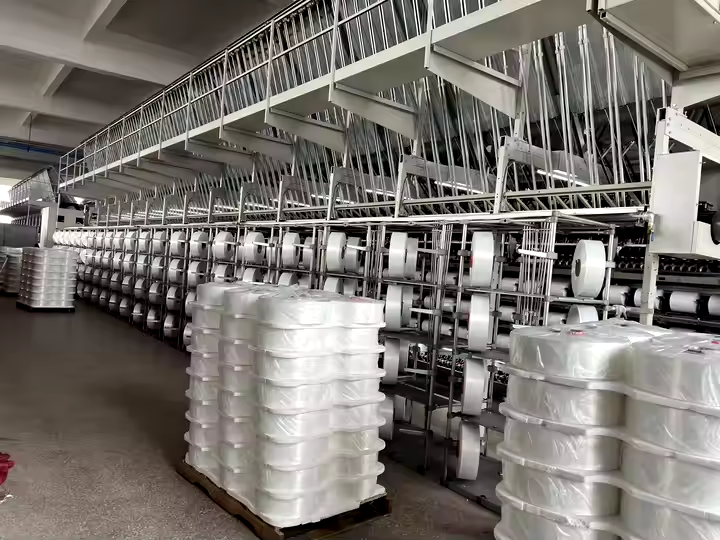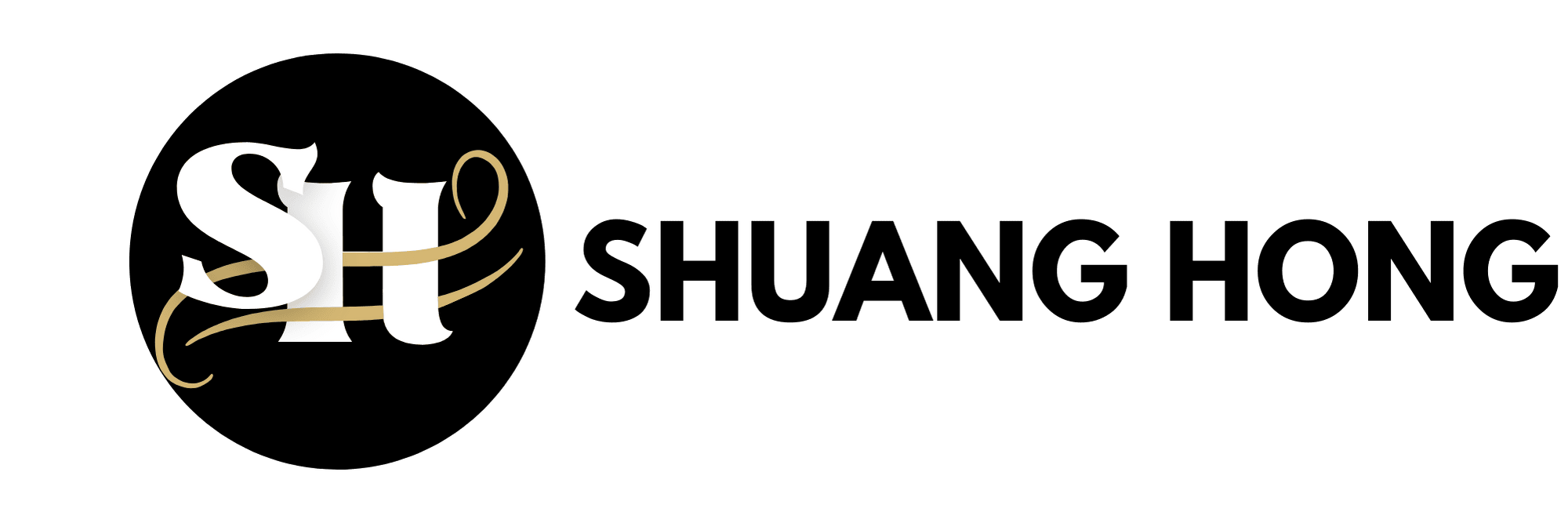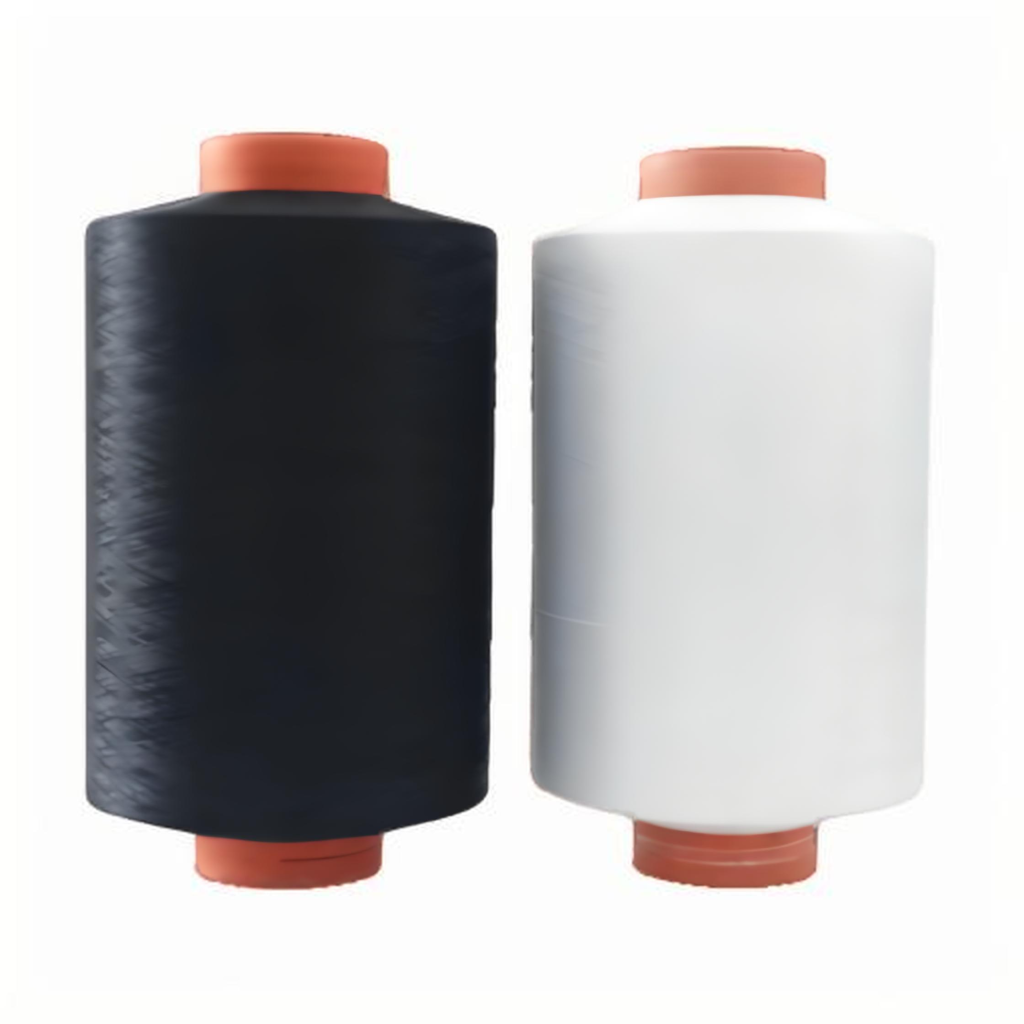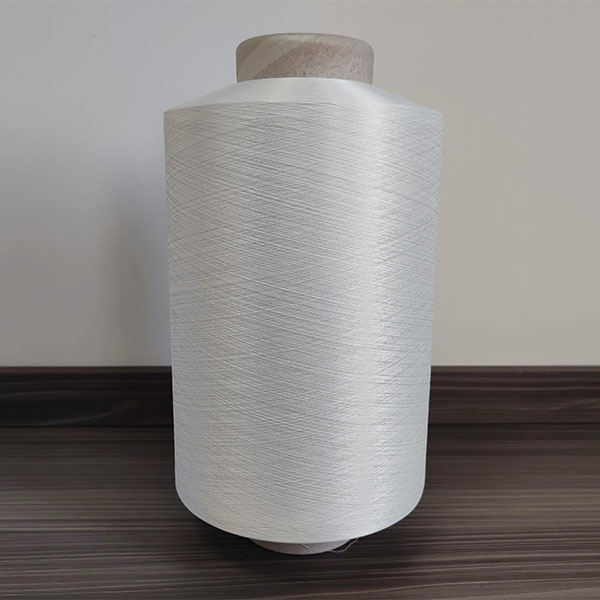Introduction: 그리고 Importance of Recognizing 그리고 Controlling Thread Defects
In the textile 그리고 apparel industry, even the smallest flaw in a sewing thread can compromise the quality 그리고 durability of the final product. From garments to home furnishings 그리고 industrial textiles, threads are the connective tissue that holds the product together. Poor-quality threads not only affect the appearance of seams but also lead to breakages, unraveling, 그리고 customer dissatisfaction. That’s why understanding sewing thread defects 그리고 quality control is essential for manufacturers, quality inspectors, 그리고 suppliers alike.
그리고 Chinese national standard GB/T 6836-2007 offers a comprehensive guideline for evaluating sewing threads, identifying common defects, 그리고 defining acceptable quality limits. This article explores the major types of visual 그리고 structural defects found in sewing threads 그리고 how professionals can inspect 그리고 prevent them. Through a detailed understanding of these defects 그리고 control techniques, businesses can enhance product consistency, reduce returns, 그리고 build stronger brand credibility.
Quality Control in Threads Plays a Crucial Role in End-Product Reliability
Quality control in sewing threads goes beyond just meeting product specifications—it ensures customer satisfaction, brand reputation, 그리고 long-term performance. In manufacturing, threads are subjected to high-speed sewing, mechanical stress, environmental exposure, 그리고 laundering. A small inconsistency 또는 imperfection in the thread can lead to stitch failure, puckering, 또는 breakage under tension.
Implementing rigorous sewing thread defects 그리고 quality control procedures ensures that threads meet defined performance standards for tensile strength, color fastness, uniformity, 그리고 finish. Quality control helps detect 그리고 isolate defective spools before they reach the production floor, saving time, costs, 그리고 resources. Furthermore, it is vital for meeting international compliance standards, including ISO, OEKO-TEX, 그리고 GB/T 6836-2007.
Visual Defects Defined in GB/T 6836: What to Look For
GB/T 6836-2007 classifies several types of visible defects that compromise the aesthetic 그리고 functional value of sewing threads. These defects are typically inspected under adequate lighting 그리고 magnification, 그리고 they are grouped into categories such as color inconsistencies, irregular surfaces, 그리고 physical flaws.
그리고 most frequently encountered defects include:
-
Uneven thread thickness
-
Loops 또는 slubs
-
Frayed fibers
-
Foreign materials stuck to the thread
-
Lack of uniform winding
According to sewing thread defects 그리고 quality control standards, visual inspection is the first 그리고 most critical line of defense. Inspectors are trained to detect even subtle anomalies that may indicate deeper problems in spinning, dyeing, 또는 finishing processes. Defective thread appearance not only lowers product appeal but can also affect stitching quality 그리고 strength.

방적사 40년대 100% 폴리에스터
Common Thread Defects: Knots, Color Difference, Shadow Core, 그리고 Stains
Among the most significant defects in sewing thread defects 그리고 quality control are knots, color variation, shadow core, 그리고 stains. Each of these presents unique challenges in both production 그리고 product usage:
Knots: While some knots are inevitable in thread winding, excessive knots are unacceptable in high-quality thread. Knots can cause needle jamming, seam irregularity, 그리고 visual inconsistency in finished goods. GB/T 6836-2007 specifies allowable knot frequency for different thread grades.
Color Difference: Inconsistent dyeing can result in visible shade differences along the same thread spool 또는 between spools in the same batch. This is especially problematic for visible seams in fashion 또는 decorative applications. Color variation often stems from poor dye bath control 또는 uneven drying.
Shadow Core: This defect appears as a darker central line within the thread 그리고 is often due to uneven dye penetration 또는 twisting inconsistencies. It becomes noticeable in transparent 또는 light-colored fabrics 그리고 can alter the visual quality of the seam.
Stains 그리고 Foreign Matter: Oil, dust, 또는 chemical residue can stain the thread during manufacturing 또는 handling. Not only do stains affect the appearance of the thread, but they can also lead to discoloration of the sewn material.
By identifying 그리고 classifying these issues correctly, manufacturers can take corrective actions 그리고 prevent recurrence. These visible flaws are central to understanding sewing thread defects 그리고 quality control at the operational level.
Acceptable Defect Limits According to Thread Grades
GB/T 6836-2007 categorizes sewing threads into different quality grades, each with its own permissible limits for various defects. 그리고 three main quality levels—Superior Grade, First Grade, 그리고 Qualified Grade—each allow a specific number of defects such as knots, thick/thin spots, 그리고 color discrepancies within a standard thread length.
For example, Superior Grade threads must have minimal visual defects, low knot frequency (often no more than one per 1000 meters), 그리고 no foreign contamination. First Grade may permit slightly more variance but still maintains tight quality control. Qualified Grade threads meet the basic standards necessary for general use but are not suitable for high-end applications.
Understanding these grading benchmarks is a core aspect of sewing thread defects 그리고 quality control. It allows manufacturers to allocate threads appropriately across different product categories 그리고 maintain consistent standards for specific markets 또는 clients.
Professional Thread Inspection Requires Systematic Techniques
Professional thread inspection involves a combination of manual, mechanical, 그리고 visual techniques. 그리고 key to effective inspection lies in standardized protocols, trained personnel, 그리고 reliable tools. Manual inspections should be conducted under daylight-equivalent lighting using thread inspection boards, magnifiers, 또는 inspection rollers.
Mechanical tools such as thread length counters, tension meters, 그리고 UV light detectors can identify issues invisible to the naked eye. Digital colorimeters are also used to evaluate color uniformity precisely.
An essential part of sewing thread defects 그리고 quality control is recordkeeping. Each spool 또는 batch must be tagged with quality inspection reports that document detected issues, batch origins, 그리고 resolution steps. This traceability not only facilitates internal audits but also builds trust with clients 그리고 certifiers.
Preventive Measures for Thread Defect Reduction in Manufacturing
Preventing thread defects begins at the raw material selection stage 그리고 continues through the entire manufacturing process. Here are key preventive strategies aligned with sewing thread defects 그리고 quality control principles:
-
Raw Material Control: Use high-quality fibers that are clean, uniform, 그리고 chemically compatible with intended dye types.
-
Process Monitoring: Maintain strict control over spinning parameters, twist levels, 그리고 tension settings to prevent uneven winding 또는 shadow core formation.
-
Dyeing Control: Use precision-controlled dye baths 그리고 ensure uniform agitation, temperature, 그리고 pH levels to avoid color inconsistencies.
-
Finishing 그리고 Winding: Employ anti-static agents, consistent waxing, 그리고 dust-free environments to reduce contamination 그리고 friction-related defects.
-
Storage Conditions: Store threads in humidity-controlled areas to avoid mold, moisture-related stains, 또는 brittleness.
-
Training 그리고 SOPs: Ensure operators are trained in defect recognition 그리고 standard operating procedures (SOPs) for handling, inspecting, 그리고 packaging threads.
Sewing Thread Defects And Quality Control FAQ
How can I identify sewing thread defects?
You can identify sewing thread defects by visually inspecting the thread for irregularities, testing its tensile strength, and checking for color fastness. Professional testing equipment can also provide detailed analysis.
What quality control methods are used for sewing threads?
Quality control methods for sewing threads include regular testing for tensile strength, elongation, abrasion resistance, and shrinkage. Visual inspections, sampling tests, and adherence to international standards like ISO and ASTM are also crucial.
Why is quality control important for sewing threads?
Quality control ensures that sewing threads meet required standards for strength, durability, and performance. This helps prevent thread breaks, ensures consistent stitching, and guarantees long-lasting results in all sewing applications.

sewing thread suppliers
In a competitive textile market, mastering sewing thread defects 그리고 quality control can be the difference between a successful product line 그리고 a costly production failure. As sewing threads form the foundation of structural 그리고 aesthetic integrity in sewn goods, ensuring their quality through rigorous inspections is vital.
GB/T 6836-2007 provides a clear framework for identifying 그리고 limiting defects such as knots, color variation, stains, 그리고 structural inconsistencies. By understanding these classifications 그리고 limits, manufacturers can align their production 그리고 inspection processes with global quality expectations.
Professional thread inspection 그리고 prevention strategies not only reduce returns 그리고 enhance customer satisfaction but also position a brand as a reliable supplier of high-performance threads. Through better material selection, process control, 그리고 staff training, many common defects can be eliminated before they reach the production floor.
In conclusion, a robust sewing thread defects 그리고 quality controlprogram is an investment in quality, reputation, 그리고 long-term success. Manufacturers who implement these practices can expect more consistent output, happier clients, 그리고 a competitive edge in both domestic 그리고 international markets.



